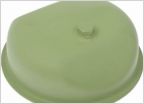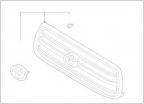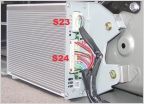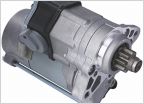-
Welcome to Tundras.com!
You are currently viewing as a guest! To get full-access, you need to register for a FREE account.
As a registered member, you’ll be able to:- Participate in all Tundra discussion topics
- Transfer over your build thread from a different forum to this one
- Communicate privately with other Tundra owners from around the world
- Post your own photos in our Members Gallery
- Access all special features of the site
Mushy brake pedal but brakes work fine...
Discussion in '1st Gen Tundras (2000-2006)' started by marbleville, May 3, 2019.
Page 4 of 5
Page 4 of 5


 Rear Diff Cover Replacement
Rear Diff Cover Replacement Transmission heat exchanger line leak
Transmission heat exchanger line leak First Gen Grille Options
First Gen Grille Options Bolt sizes…
Bolt sizes… Wire These Things So Difficult?
Wire These Things So Difficult? Replacing my starter - is this the correct one to buy?
Replacing my starter - is this the correct one to buy?


